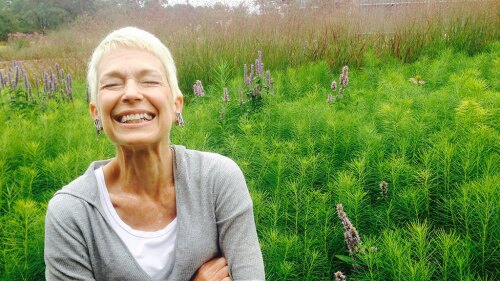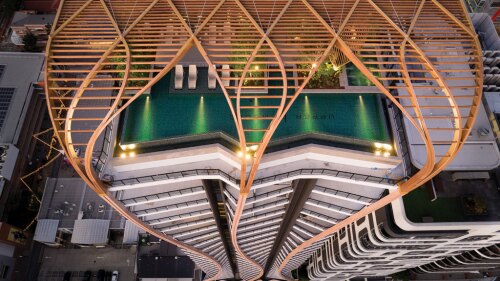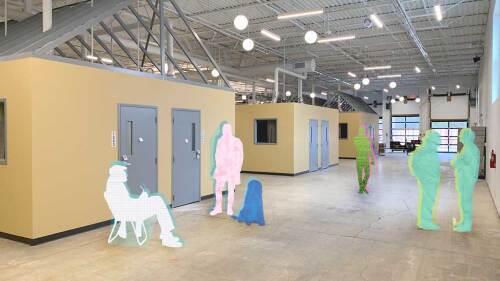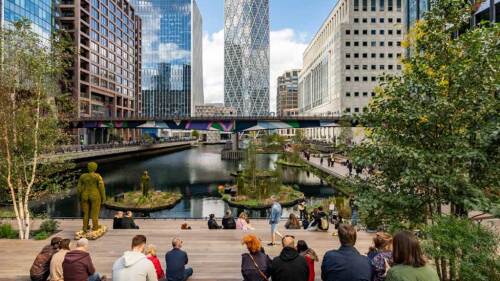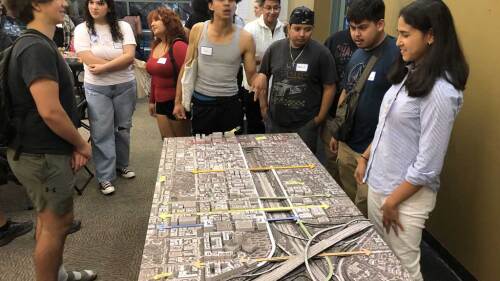Design and Planning
Guy Kawasaki—chief evangelist at Canva, former chief evangelist for Apple, and bestselling author—summed up insights gleaned from his years in tech and as host of the Remarkable People podcast, interviewing such luminaries as Margaret Atwood, Tony Fauci, Jane Goodall, and Steve Wozniak.
For decades, civic leaders have tried to revitalize Market Street, San Francisco’s central thoroughfare, only to see their efforts founder. “I sometimes call it the great white whale of San Francisco,” says Eric Tao, managing partner at L37 Development in San Francisco and co-chair of ULI San Francisco. “Every new mayor, every new planning director, every new economic development director has chased that white whale.” This year, however, an international competition of ideas hosted and run by ULI San Francisco, with support from the ULI Foundation, generated fresh momentum for reimagining the boulevard. The competition drew 173 submissions from nine countries and sparked new conversations about the future of downtown San Francisco.
Visionary placemaking leader Carol Coletta, recognized for her transformative impact on urban environments, to receive the ULI Prize for Visionaries in Urban Development.
Across the Brisbane River from Brisbane, Australia’s central business district, the 33-story Upper House residential tower stands out in the city’s skyline with its “dancing balconies” and curving timber ribbons inspired by the prominent roots of Queensland’s native Moreton Bay fig tree.
In cities large and small around the world—from Columbus, Ohio, to Valencia, Spain—a major focus of modern urban revitalization has been the addition of new sports arenas, purposely built in concert with supportive, mixed-use developments that can become self-sustaining neighborhoods.
In April 2025, ULI San Francisco announced a global call to “reimagine” San Francisco’s famed Market Street, soliciting ideas grounded in ecology, economy, and equality. The goal is to turn the often drab, blighted strip into a series of vibrant, interconnected communities.
Designed by noted architects Philip Johnson and John Burgee and constructed in 1984, 550 Madison Avenue has a curved roof pediment that reminded enough people of Chippendale furniture to earn the nickname “the Chippendale Building.” Globally recognized as an influential postmodern masterpiece, it once served as headquarters for AT&T and later Sony, then became the youngest edifice to be designated a New York City landmark. The Olayan Group purchased it in 2016 to rework the single-tenant tower into a multi-tenant, mixed-use office building that prioritizes occupant wellness and environmental sustainability.
In a historically redlined neighborhood of Minneapolis, a former industrial warehouse has become a supportive, low-barrier sanctuary for the unsheltered. Up to 200 residents can live at Avivo Village, each in their own private sleeping unit. Single-occupant shower rooms, nongendered restrooms, and communal kitchenettes and coffee areas are all ADA-compliant.
Ten built environment projects from eight countries across the EMEA region have been announced as the finalists in the sixth annual ULI Europe Awards for Excellence, which recognize exemplary projects and programs in the private, public, and non-profit sectors. This year’s finalists comprise cutting edge refurbishment, restoration and new build projects, and include residential, healthcare, mixed use, education, community, laboratory, and office projects from Italy, Germany, the UK, Belgium, Sweden, Denmark, France, and Spain.
The opportunity to plan and design more than 50 acres of inner-city urban development in any city is significant, but in Pasadena, California, it is a possible inflection point in the city’s history, an opportunity to redress past mistakes, and to set the stage for future generations to benefit from perceptive and forward-thinking planning.



